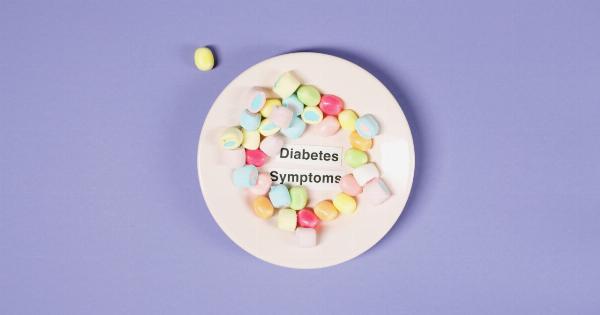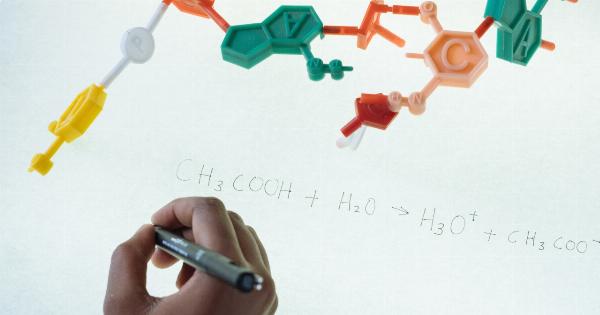Introduction:.
With the advent of the internet and easy access to explicit content, concerns about porn addiction have been on the rise.
While the concept of addiction is familiar, understanding the science behind porn addiction is crucial for better comprehension and effective management. This comprehensive overview delves into the intricacies of porn addiction, exploring its underlying mechanisms, potential consequences, and available treatments.
What is Porn Addiction?
Defining porn addiction purely by the consumption of adult material can be overly simplistic.
Porn addiction, scientifically known as compulsive sexual behavior disorder, involves a persistent and recurrent pattern of consuming explicit material, often leading to intense preoccupation and difficulty with controlling or stopping these behaviors. Just like other addictions, porn addiction is classified as a behavioral addiction, as it does not involve the ingestion of a substance but rather pertains to a specific behavior.
The Neuroscience of Porn Addiction
Recent advancements in neuroscience have shed light on the underlying mechanisms of addiction. Similar to substance addiction, porn addiction has been observed to affect the brain’s reward circuitry.
When an individual engages in addictive behaviors, such as consuming explicit content, the brain releases dopamine, a neurotransmitter associated with pleasure and reward. Over time, repeated exposure to pornographic material can lead to a desensitization of the brain’s reward system, requiring more explicit or novel content to achieve the same level of satisfaction.
This phenomenon is known as tolerance, a hallmark feature of addiction.
Risk Factors for Porn Addiction
While anyone can be susceptible to porn addiction, certain factors may increase the likelihood of developing this condition. Some of the notable risk factors include:.
- Early exposure: Being exposed to pornography at an early age can increase the risk of developing an addiction later in life.
- Underlying psychological conditions: Individuals struggling with anxiety, depression, low self-esteem, or other psychological disorders may be more vulnerable to porn addiction.
- Social factors: Lack of social support, dysfunctional relationships, or isolation can contribute to the development of addictive behaviors.
Effects of Porn Addiction
Porn addiction can have wide-ranging effects on an individual’s physical, mental, and emotional well-being:.
- Relationship problems: Excessive pornography consumption can lead to relationship conflicts, reduced sexual satisfaction, and intimacy issues.
- Mental health concerns: Porn addiction is often associated with increased rates of anxiety, depression, and decreased overall life satisfaction.
- Sexual dysfunction: Regular exposure to explicit content may contribute to erectile dysfunction, decreased libido, and difficulties in maintaining healthy sexual relationships.
- Distorted perception: Prolonged pornography consumption can distort an individual’s perception of sexual relationships, leading to unrealistic expectations and dissatisfaction in real-world encounters.
Treatment Options for Porn Addiction
Recognizing porn addiction as a legitimate concern is crucial for effective management. Various treatment options can assist individuals in overcoming this addiction:.
- Therapy: Cognitive-behavioral therapy (CBT) and individual counseling have shown promise in treating porn addiction. These therapeutic approaches help individuals identify and modify patterns of behavior, develop coping strategies, and address any underlying psychological issues.
- Support groups: Participating in support groups such as Sex Addicts Anonymous (SAA) or seeking online communities can provide individuals with a safe space to share experiences, seek advice, and gain support from those going through similar challenges.
- Self-help techniques: Engaging in activities like exercise, practicing mindfulness, developing healthier hobbies, and setting realistic goals can aid in breaking the cycle of addiction.
The Importance of Education and Prevention
Given the increasing prevalence of pornography and its potential addictive nature, education and prevention strategies play a crucial role. Key steps towards prevention include:.
- Age-appropriate sex education: Providing comprehensive and age-appropriate sex education can help young individuals understand healthy sexuality, establish boundaries, and make informed choices regarding pornography consumption.
- Open communication: Encouraging open and honest communication about sexuality within families, schools, and communities can help reduce the stigma associated with discussing porn addiction and support those in need.
- Parental controls and internet filters: Implementing effective parental controls and internet filters can restrict access to explicit content, minimizing the risk of early exposure and unhealthy consumption.
Conclusion
Porn addiction is a complex behavioral disorder influenced by various biological, psychological, and social factors.
Understanding the scientific foundations of porn addiction is essential for healthcare professionals, individuals struggling with addiction, and their support networks. By recognizing addiction as a treatable condition, promoting preventive strategies, and providing effective treatment options, we can support individuals in overcoming porn addiction and fostering healthier attitudes towards sexuality.




























